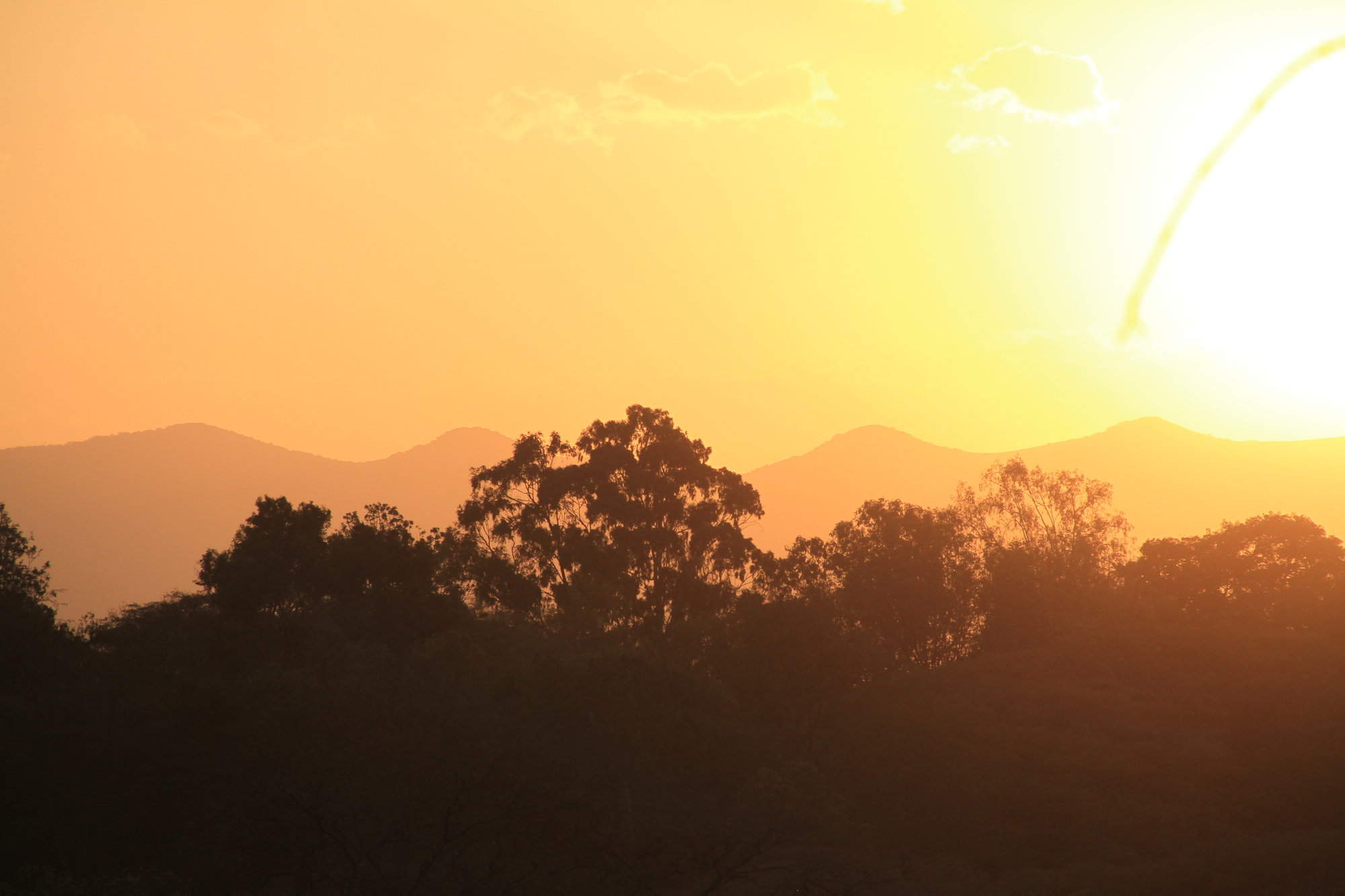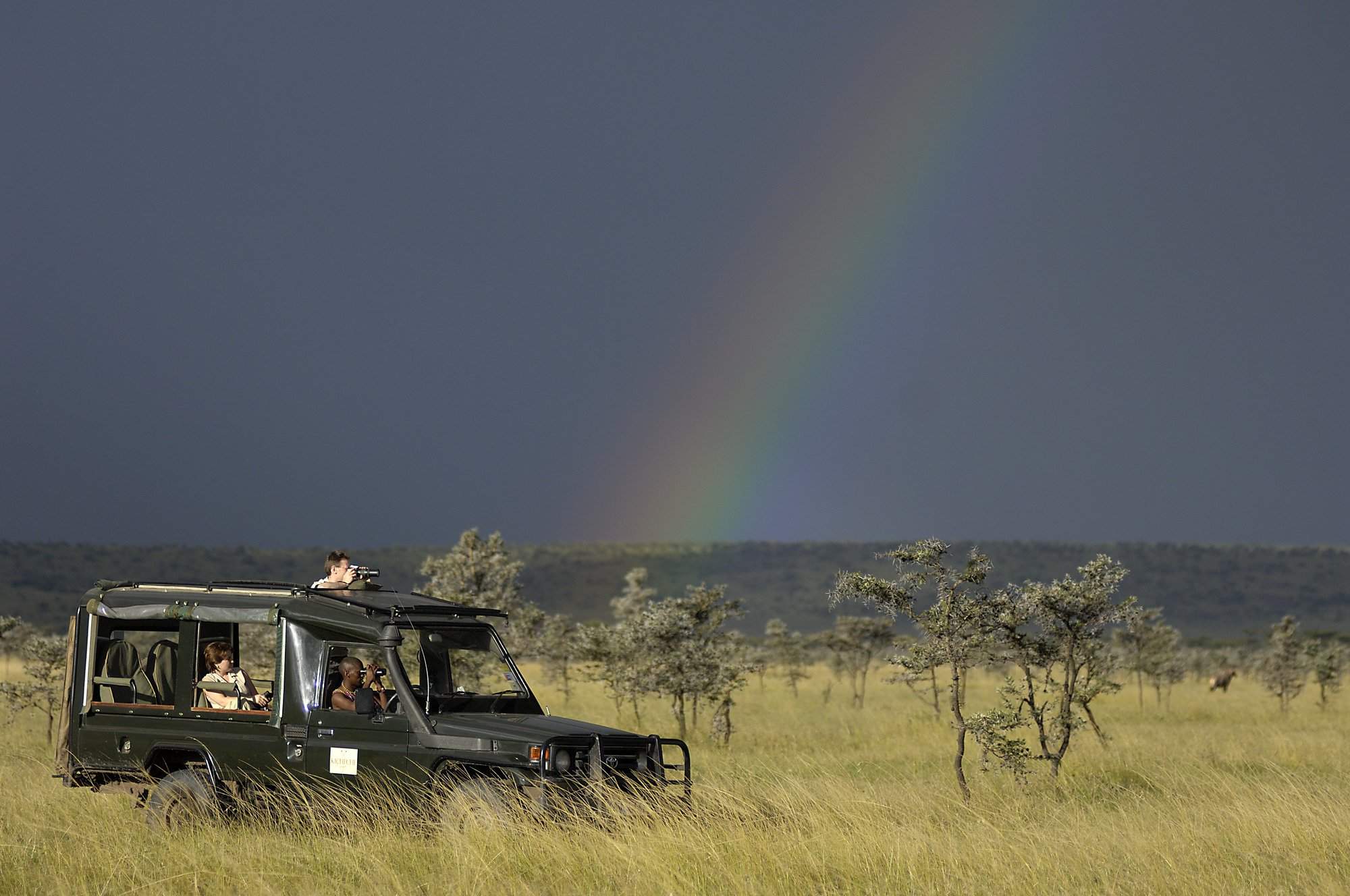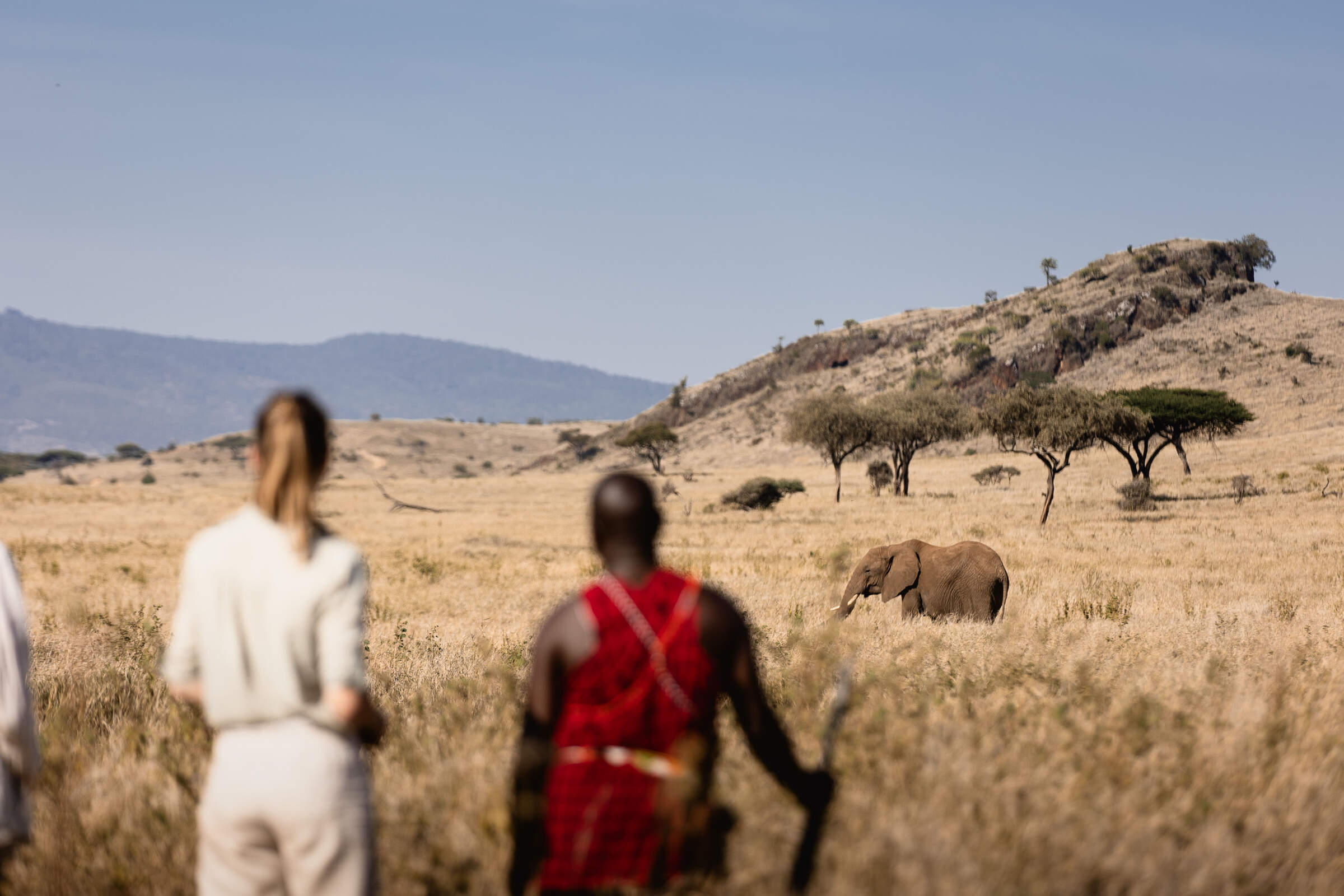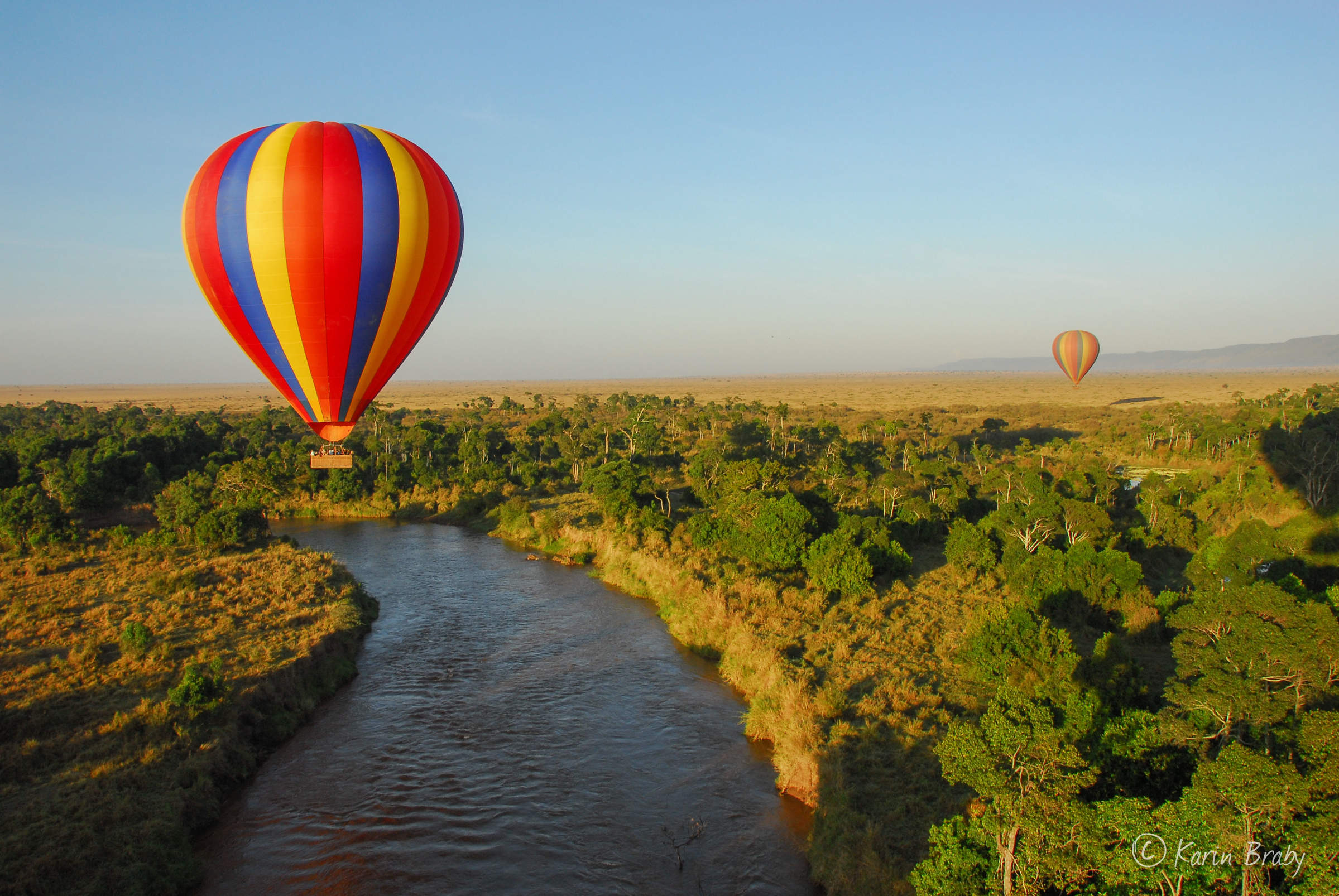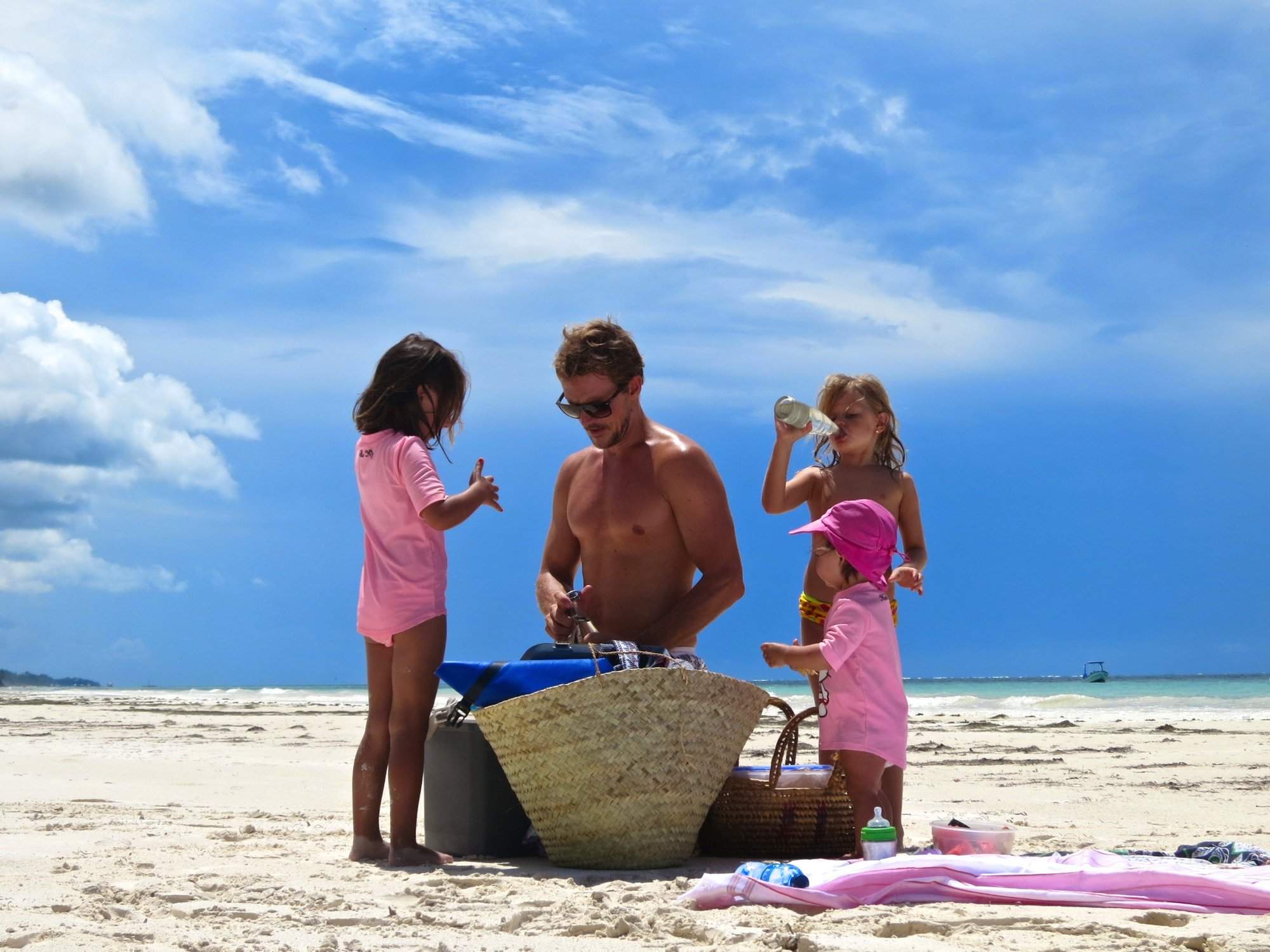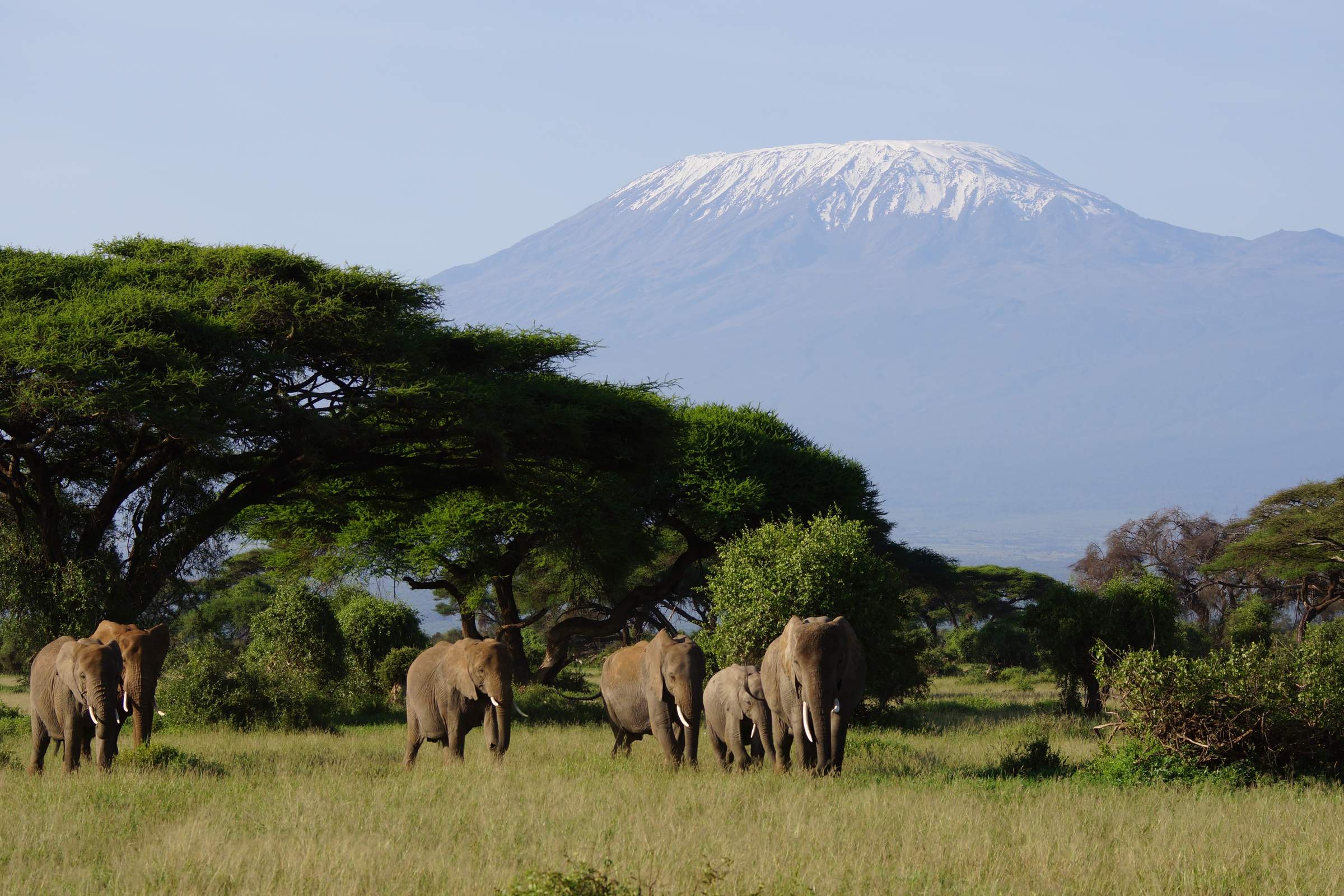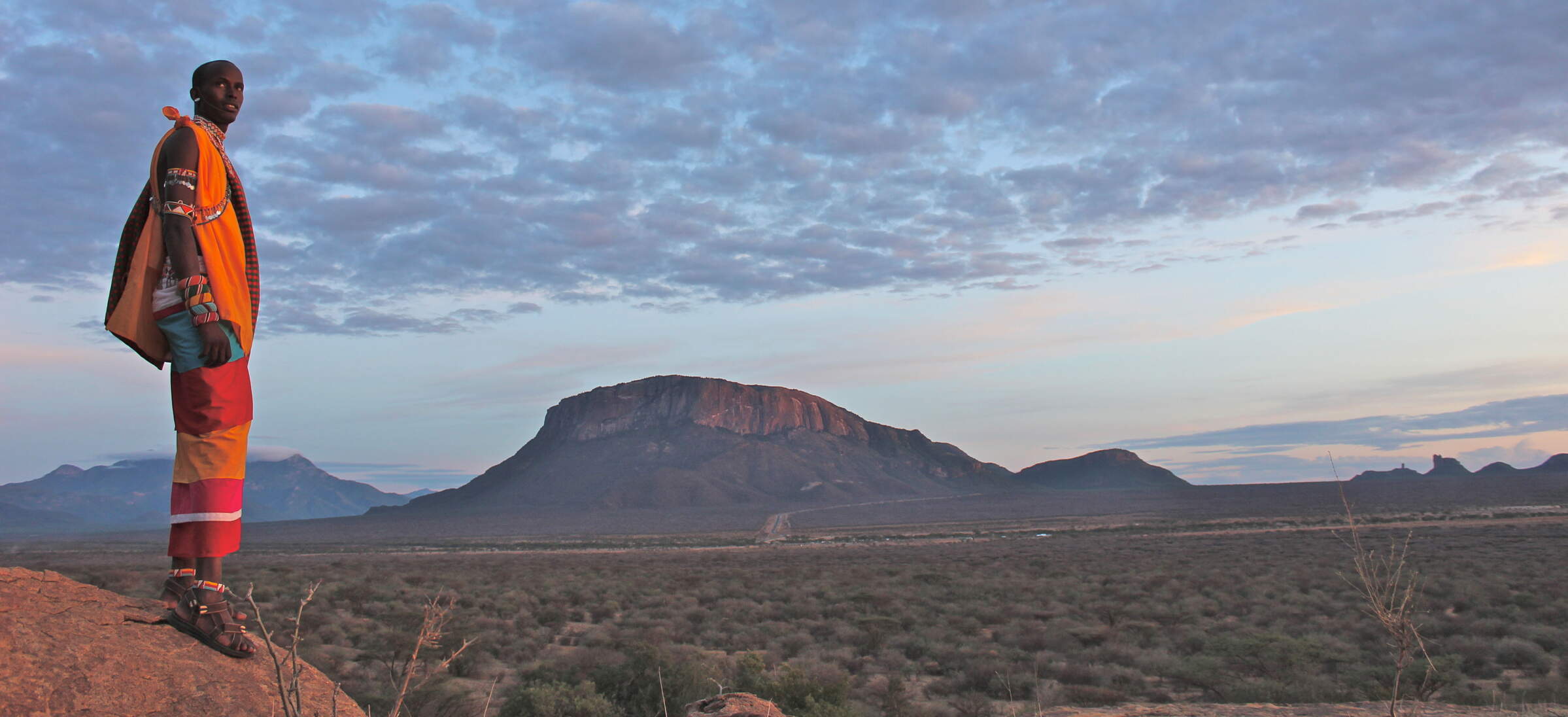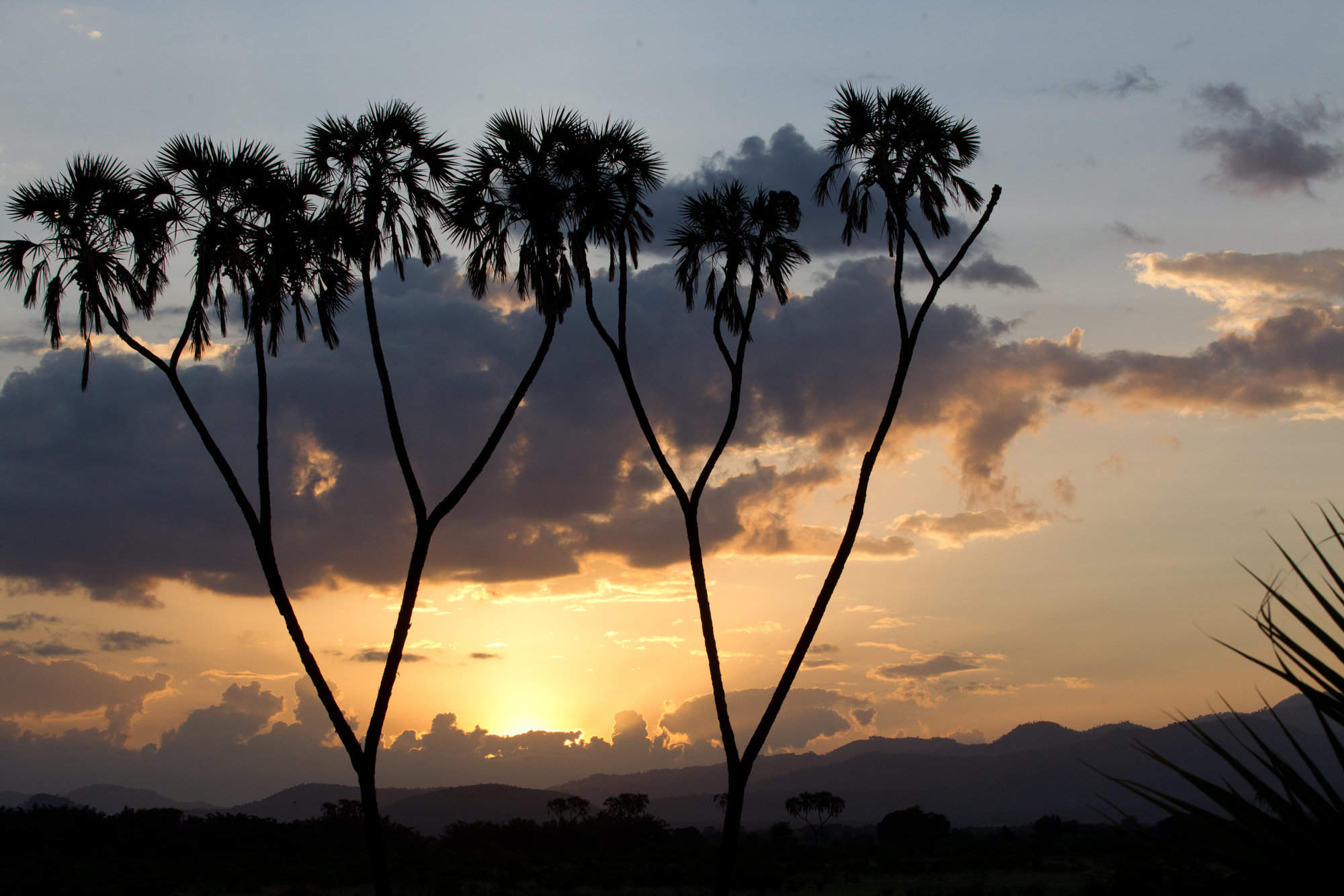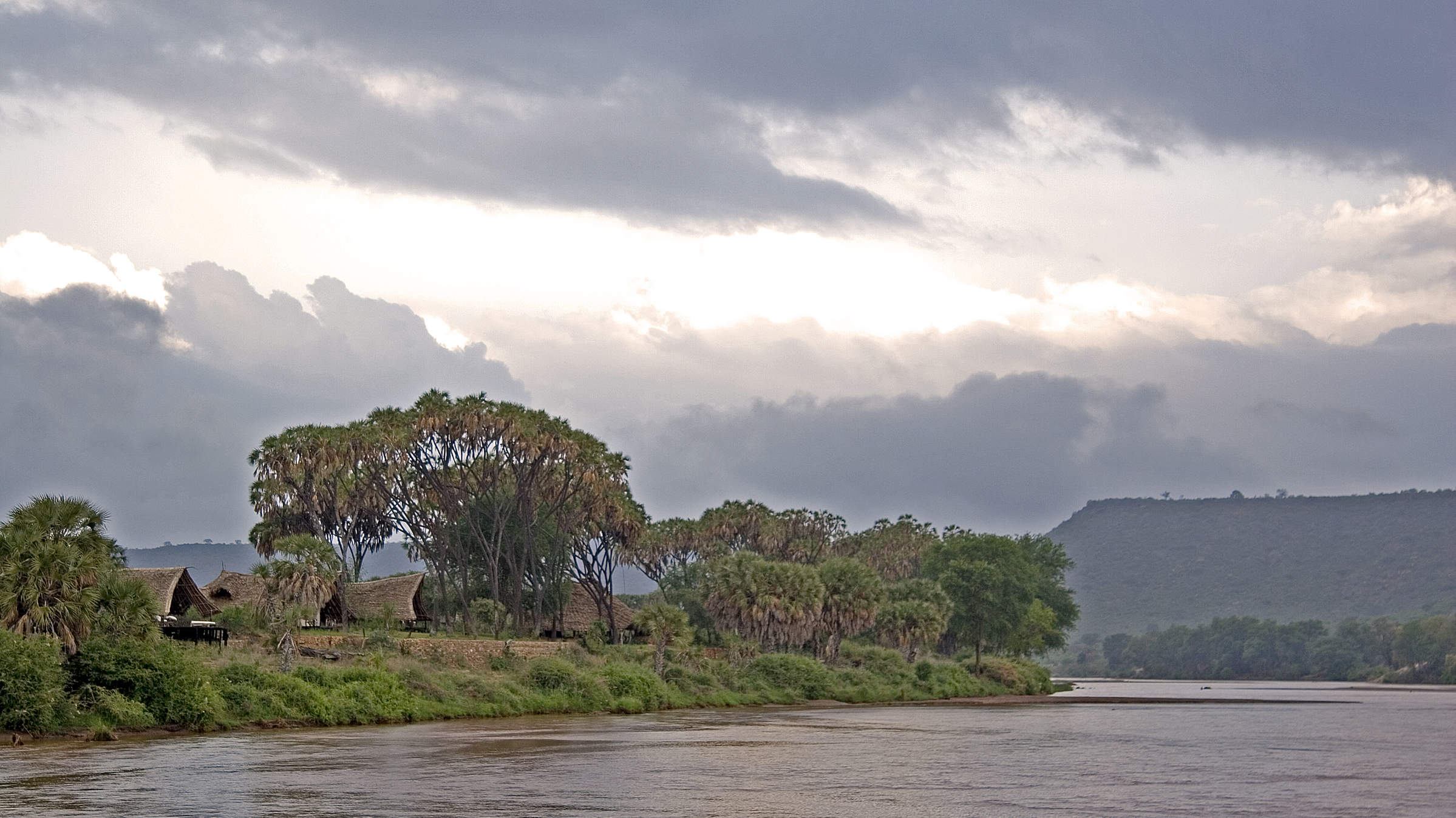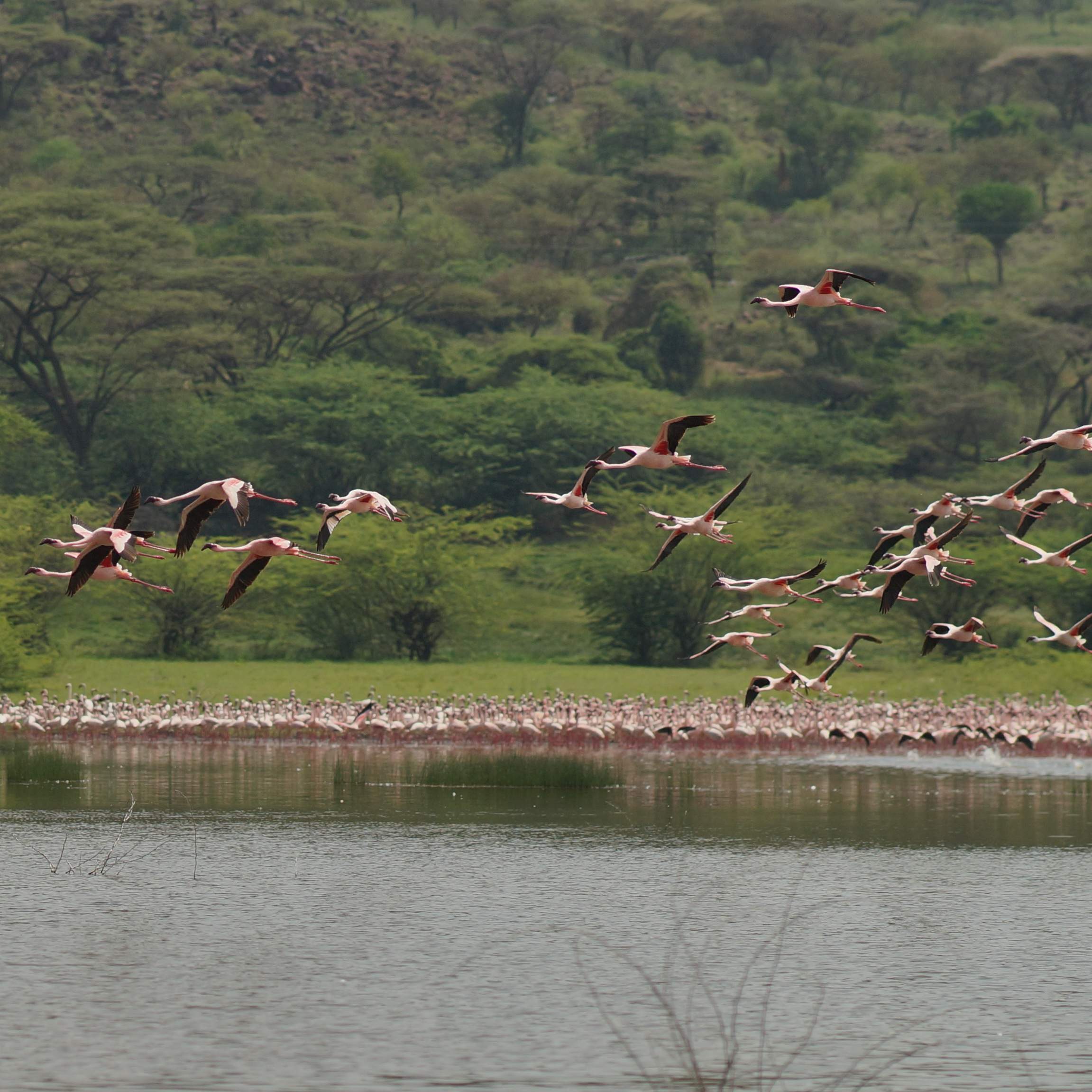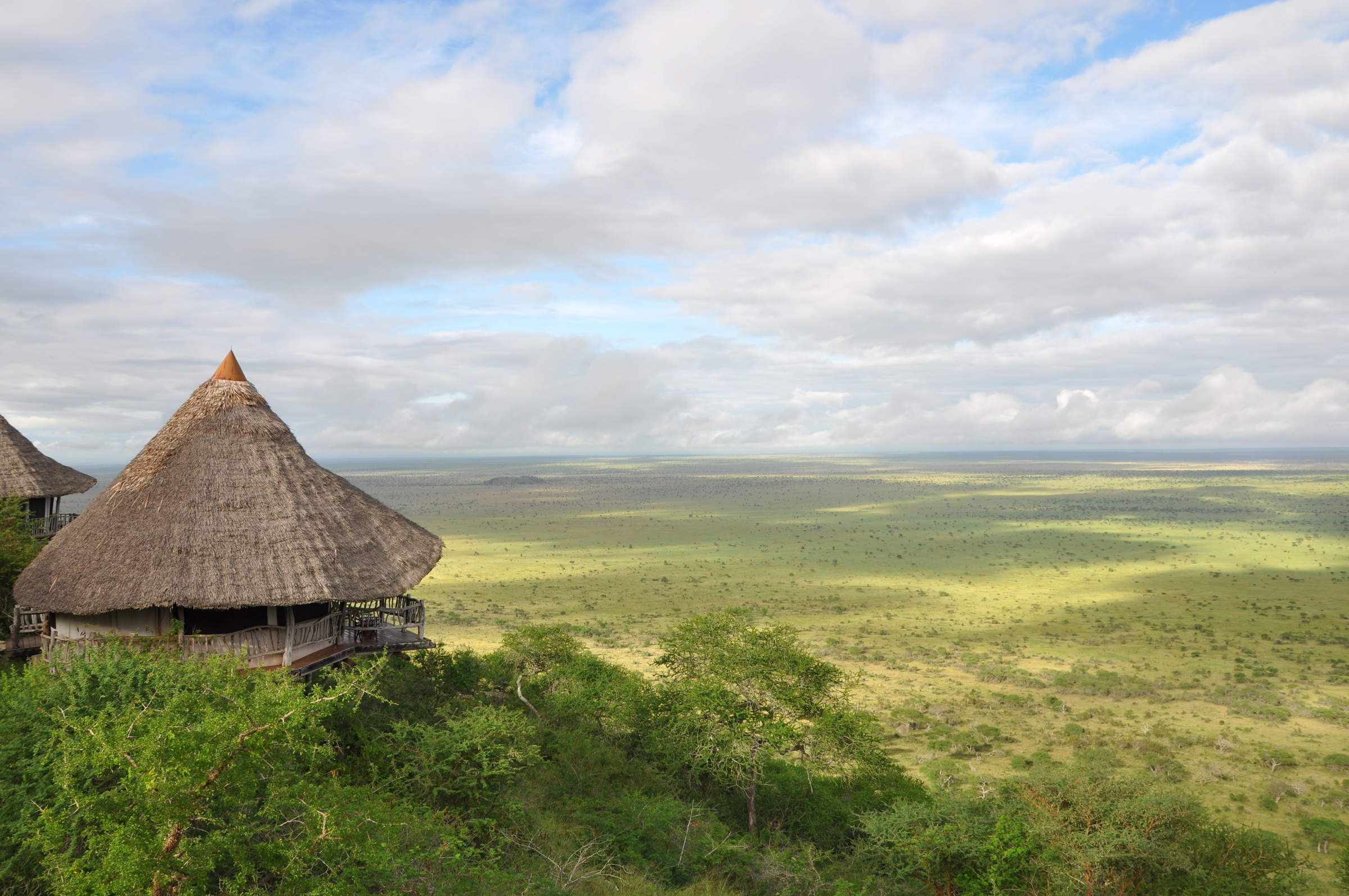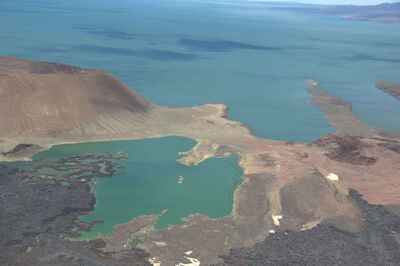
Northern Kenya is arid and often goes for months without a drop of rain.
Accommodation is scattered, with very few high-quality places to stay.
Desert Rose lodge...
...is an excellent base for flying safaris...
...to Lake Turkana's remote South Island National Park.
Northern Kenya
Northern Kenya
Parts of this arid region, scorching under the equatorial sun, can go for months or years without a drop of rain.
The landscapes vary from craggy, volcanic cinder fields to impassable areas of sand-dune systems and gritty scrub where jackals scamper and ostriches peck. The mountains that rise from the deserts are, however, often luxuriantly forested. Safaris in northern Kenya tend to use these areas as more comfortable oasis refuges away from the shadeless plains.
Wildlife in the north is relatively sparse, but all the more striking for its appearance in these arid regions. The ostriches here are the Somali version, in which the males have blue skin. Naturalists and photographers will also be looking out for the rare Grevy’s zebra and strikingly marked reticulated giraffe. In protected areas like the Namunyak Conservancy and Marsabit National Park, elephants and, with luck, big cats and even wild dogs can be seen. Birdlife in the forested mountain areas is abundant and varied, with many areas having hundreds of frequently seen species, and Palearctic migrants often seen between October and March. Lake Turkana has Africa's largest population of Nile Crocodiles and the tiny Central Island National Park – with its crater lakes within a lake – is a renowned breeding area where hatchlings can often be seen.

Northern Kenya Safaris
Accommodation in the north is scattered and there are very few high-quality places to stay, but we’ve stayed at lodges located in contrasting highland regions in northern Kenya. Tribes and wildlife are part of their varied appeal, but each area has its own idiosyncratic attractions, and the landscapes and moods at each one are utterly distinct.
Marsabit National Park Safaris
The mountain is well watered by the clouds that form over it daily, and consequently it’s permanently green. The mist-shrouded rainforest and moorlands on these lonely heights are home to greater kudu, buffalo and some very big elephants (the famous big tuskers Ahmed and Mohammed lived here), but overall you have to look pretty hard here to see much wildlife, as the forest is very wild and dense, with dangling lianas and ancient trees festooned in hanging moss.
Birdlife is excellent in the park, with more than 400 species recorded here. There are particularly good birdwatching spots around the forest-fringed Crater Lake (near the lodge) and the much larger Paradise Lake (also a crater), where the park road skirts right to the edge of the steep, jungle-covered cliffs.
Namunyak Conservancy Safaris
The Namunyak Conservancy forms a critical elephant corridor linking the Mathews Range with Samburu and Laikipia (and thus with Mount Kenya) and it has the support of Tusk Trust. Local people enthusiastically adopted conservancy ideals once they appreciated the benefits of owning a tourist attraction, and particularly after a tented camp was set up here in 1997.
The camp, rebuilt as Sarara in 2008, is a permanent, luxury, hosted camp. We loved it here: a stay feels like a very worthwhile exposure to the traditional lifestyle of northern Kenya’s semi-desert regions, while striking a perfect balance with guests’ expectations. Bush walks, for example, don’t promise unrealistic wildlife sightings – though we were delighted to see wild dogs here. The key local mammals are two species of rare monkey – the de Brazza monkey (a forest species usually only seen in scattered areas of western Kenya) and an endemic colobus monkey, the Warges guereza. There are usually elephants in the area, as well as quite elusive klipspringer, Chandler’s mountain reedbuck and leopard. Birders are drawn by good sightings of Rüppell’s vultures, Gambaga flycatcher, shining sunbird, tiny cisticola and stone partridge.
In the dry season Namunyak’s ‘singing wells’ are a spectacular and uncontrived cultural experience: with well water levels very low, local people form human chains to pass up buckets of water for their livestock, singing as they work, creating an almost mournful rhythm which is magical to watch and listen to – though no cameras are permitted.
Mount Nyiru Safaris
Mount Nyiru is camel country, and the one-humped dromedaries are everywhere, grazing in groups, tethered together or hobbled with one leg tied up to prevent them wandering. If you like the idea of a camel safari, this is the place to do it. Treks can last from a few hours to several days and you normally walk alongside the camels rather than ride on them (most people find riding uncomfortable and do it for a short time, if at all). A camel trek in the Mount Nyiru area gives you the best chance of seeing some of the local wildlife, which includes gerenuk, zebras and even elephants.
Desert Rose is one of the best places in northern Kenya to enjoy an unaffected type of cultural tourism. The owners’ links with the local Samburu community are very warm and long-established. Rituals and ceremonies, including circumcisions and weddings, often take place near the top of the mountain and the Desert Rose staff and guests are invariably included.
Desert Rose is also a common base for flying safaris to Lake Turkana. These can be organised at the same time as air charter transfers from Nanyuki, and offer the opportunity to explore Lake Turkana, including landing at the rough airstrip at South Island National Park, or going further north to the prehistoric sites at Sibiloi National Park on the shores of the lake, close to the Ethiopian border.
Safaris visiting Northern Kenya
Just ideas, we'll always tailor-make a trip for you
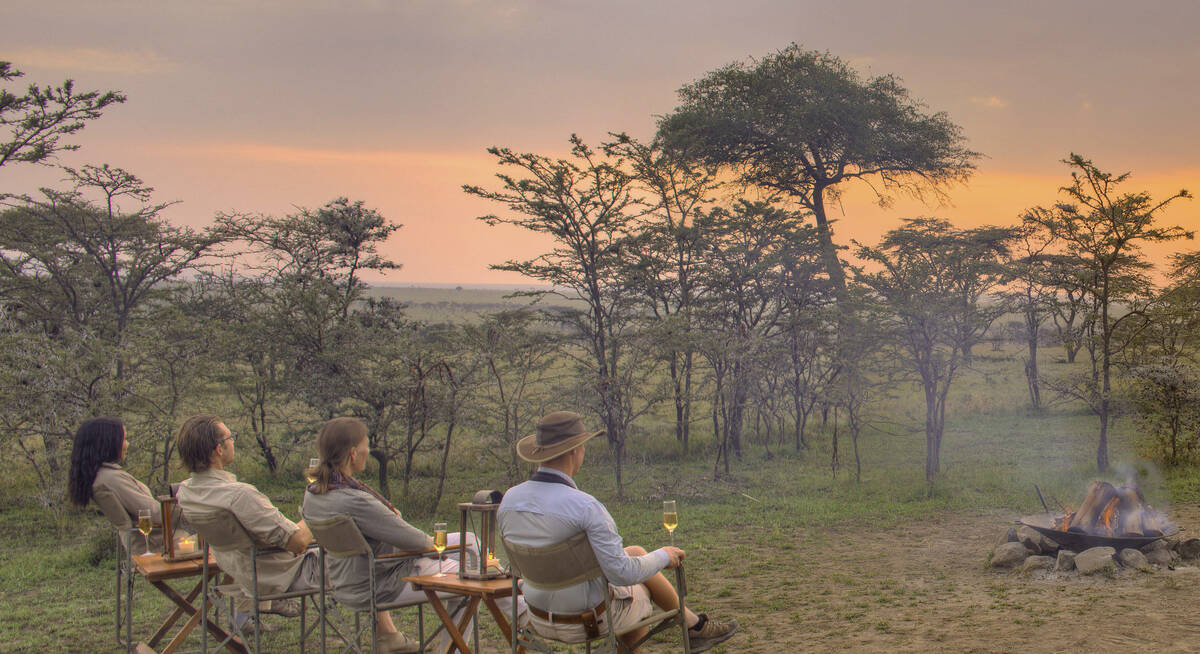
De Brazza Monkey Fly-in Safari
9 days • 3 locations
NAIROBI AIRPORT TO NAIROBI AIRPORT
Enjoy a range of activities in the remote wilderness of northern Kenya before exploring the wildlife-rich plains of the Mara ecosystem. Private vehicles and guides heighten the personalisation of this highly immersive safari.
US$13,540 - US$16,320 per person
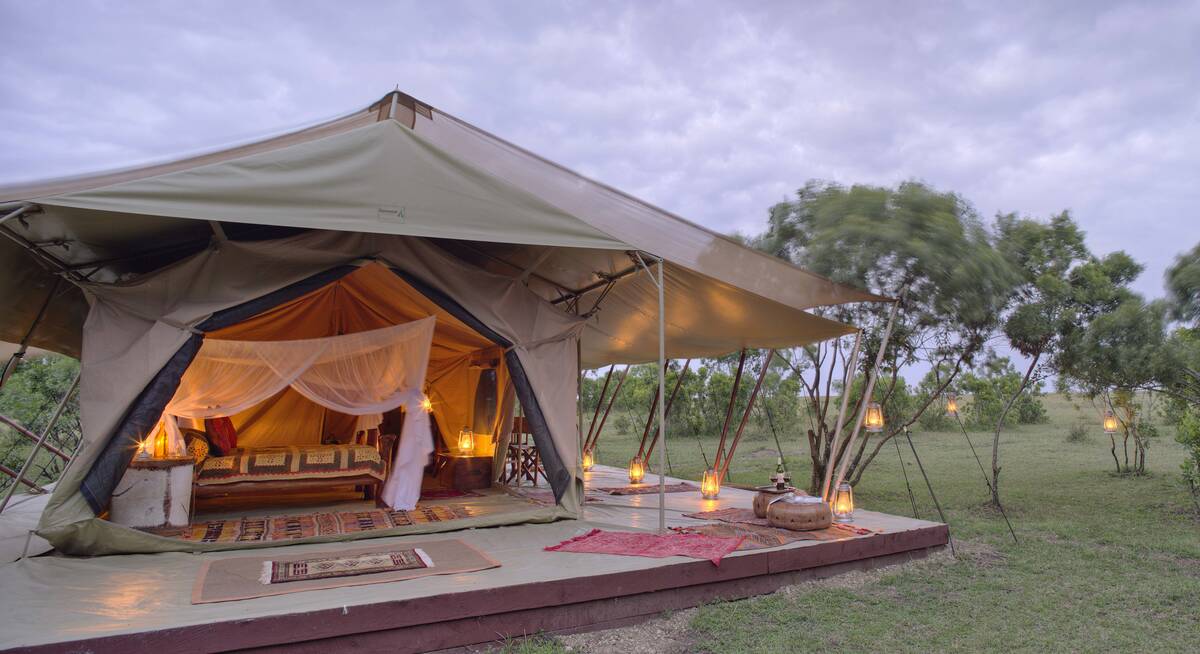
Lanner Falcon Fly-In Safari
8 days • 3 locations
NAIROBI AIRPORT TO NAIROBI AIRPORT
Three sister camps offer access to wonderfully remote regions across northern Kenya and the Maasai Mara ecosystem. Enjoy an exclusive safari experience focused on great wildlife, superb guiding and considerable comfort, with a range of activities.
US$7,140 - US$8,400 per person
Most recent reviews of our safaris to Northern Kenya
Click below to browse all 38 reviews from Northern Kenya. All from our travellers; all are in full & unedited.
Arrived 30 Jan 2025, 14 nights
"My Jan 2025 trip"
Overall rating: Excellent
Arrived 27 Jan 2025, 10 nights
"My Jan 2025 trip"
Overall rating: Excellent
Arrived 17 Sep 2024, 15 nights
"My Sep 2024 trip"
Overall rating: Excellent
Arrived 15 Sep 2024, 24 nights
"Our Sep 2024 trip"
Overall rating: Excellent
Arrived 12 Sep 2024, 15 nights
"My Sep 2024 trip"
Overall rating: Excellent
Arrived 12 Sep 2024, 15 nights
"My Sep 2024 trip to Kenya"
Overall rating: Excellent
Arrived 15 Aug 2024, 7 nights
"My Aug 2024 north kenya adventure"
Overall rating: Excellent
Arrived 15 Jun 2024, 20 nights
"My Jun 2024 trip"
Overall rating: Excellent
Arrived 15 Jun 2024, 20 nights
"My Jun 2024 trip"
Overall rating: Excellent
Arrived 5 Feb 2024, 15 nights
"My Feb 2024 trip"
Overall rating: Excellent
Where to stay in Northern Kenya
Our suggestions for safari camps in Northern Kenya
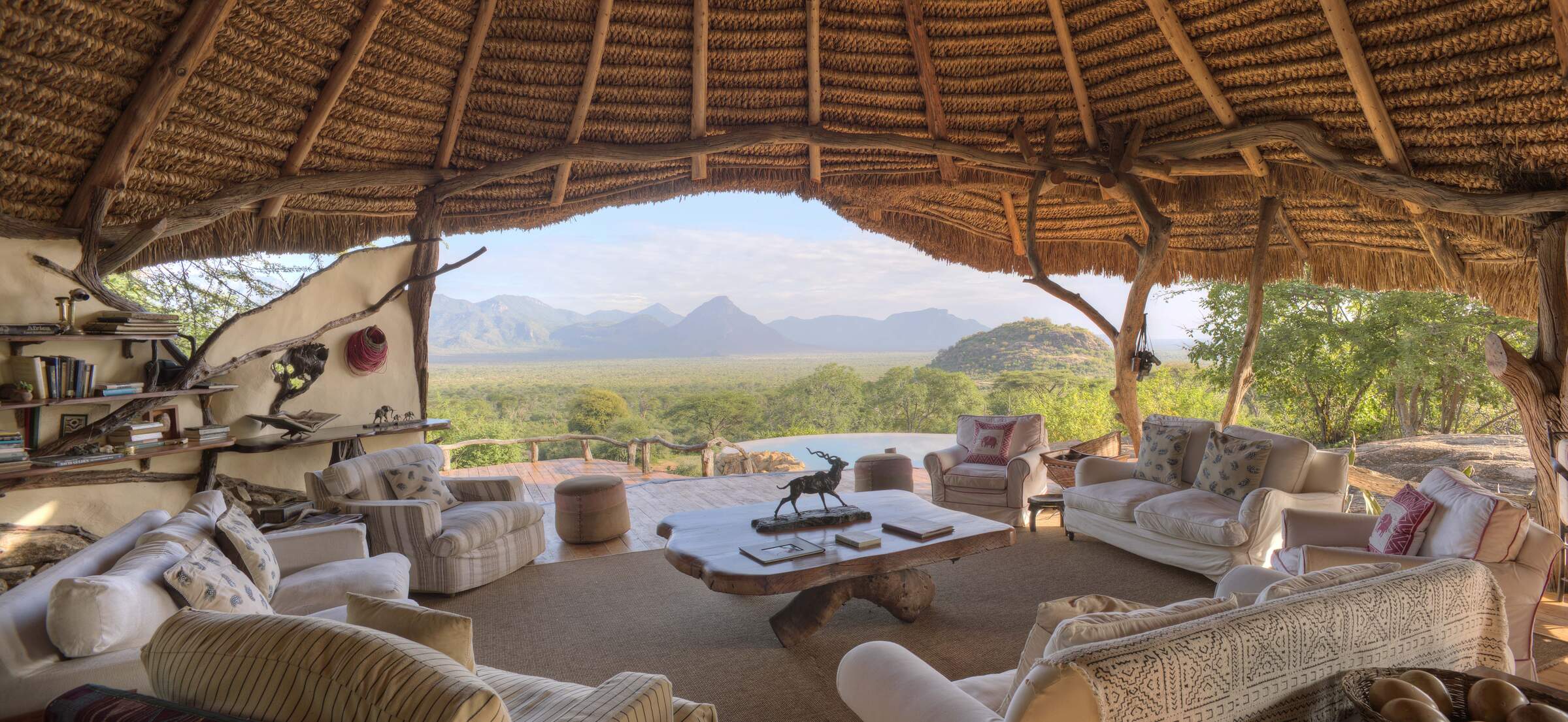
Sarara
Sarara is an outstanding safari lodge, with access to a vast wilderness region. Walks, drives and cultural experiences are on offer, all with very good guides.
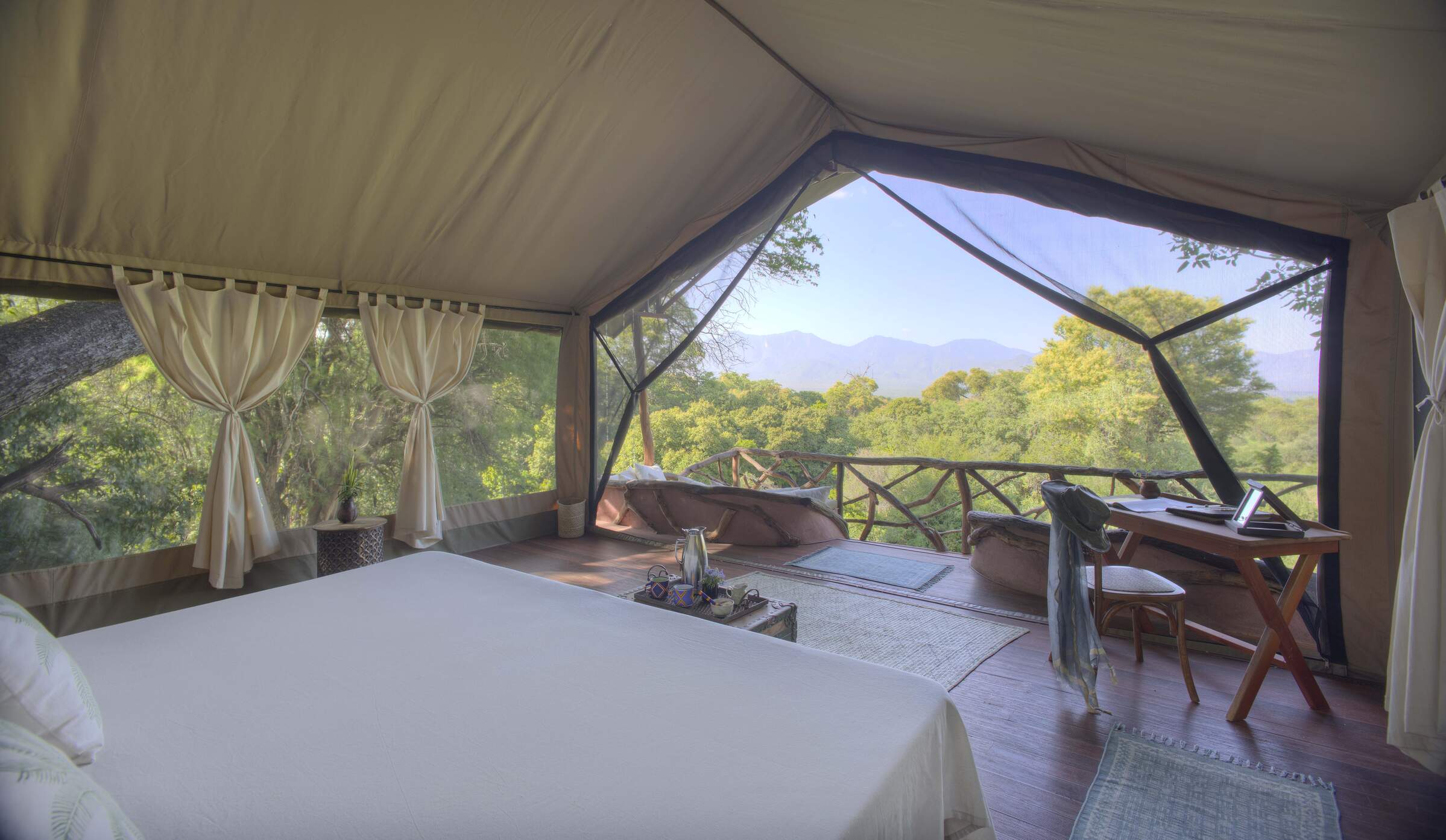
Sarara Treehouses
Sarara Treehouses is a luxurious camp with tents raised up in the forest canopy. Come here for the wildlife, walking and cultural activities, accompanied by excellent local guides.
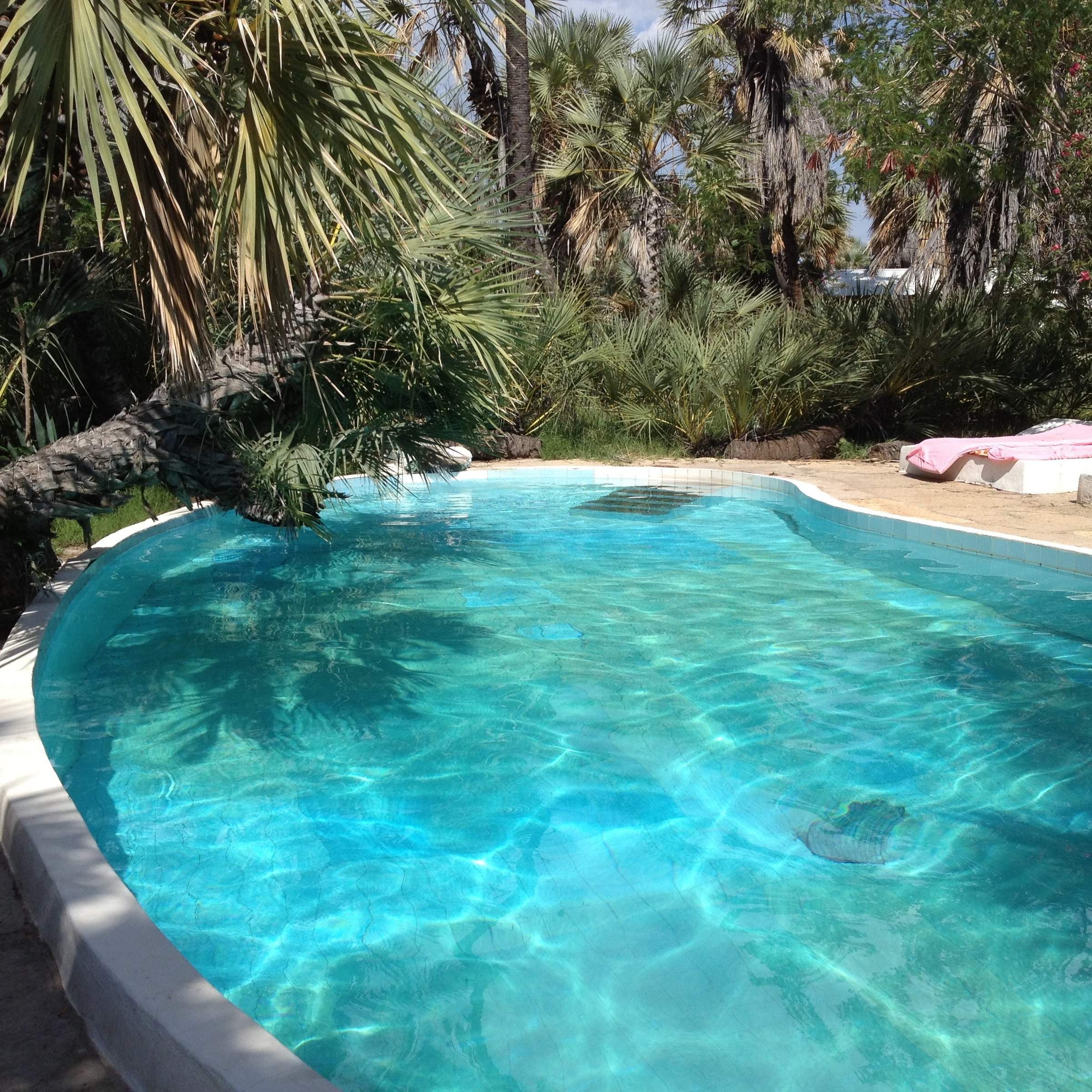
Oasis Lodge
Oasis Lodge is a basic hotel for adventurous travellers near the east shore of Lake Turkana.
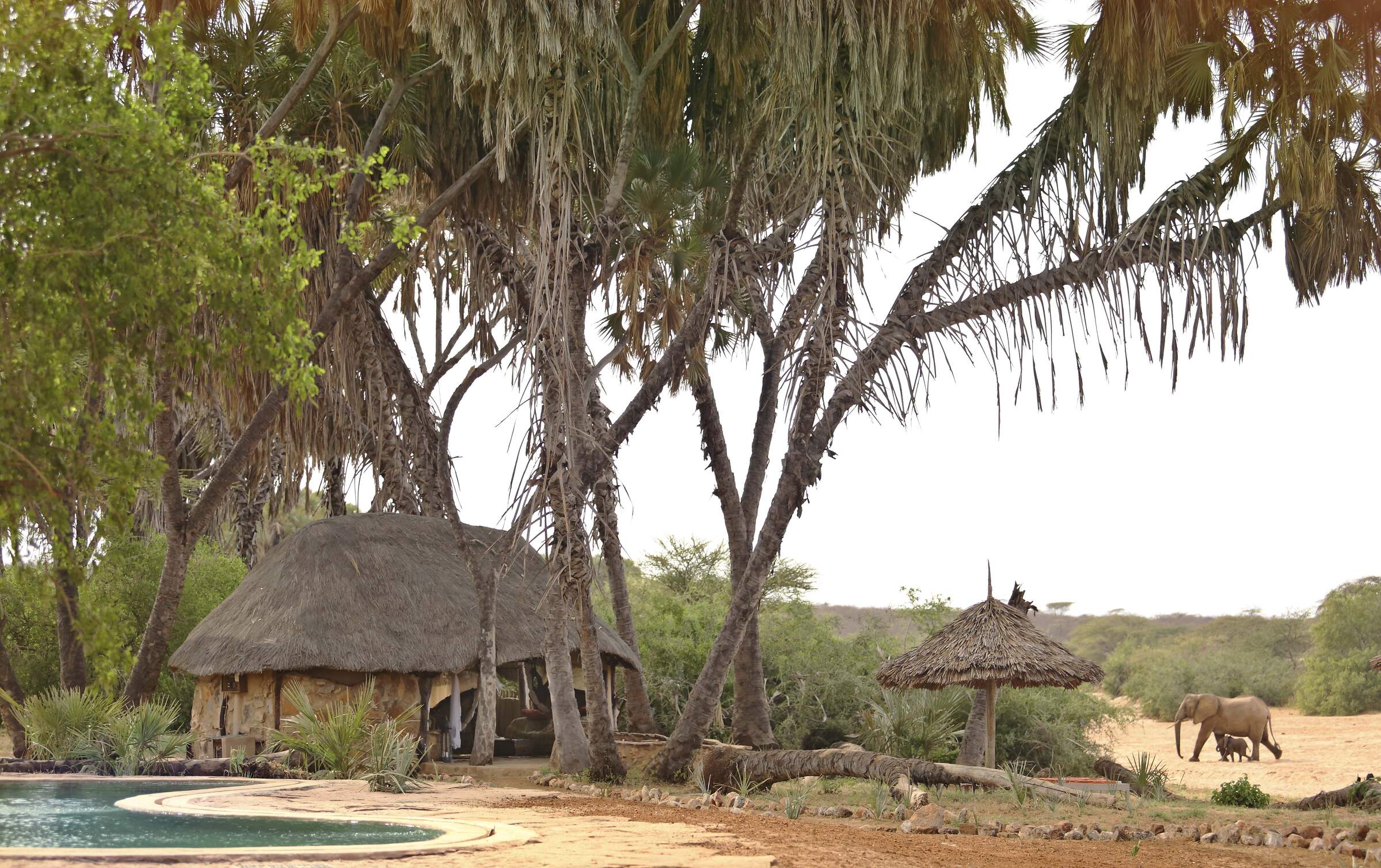
Saruni Rhino
Saruni Rhino is the only camp in the Sera Conservancy in northern Kenya, where guests are based when tracking black rhino on foot.
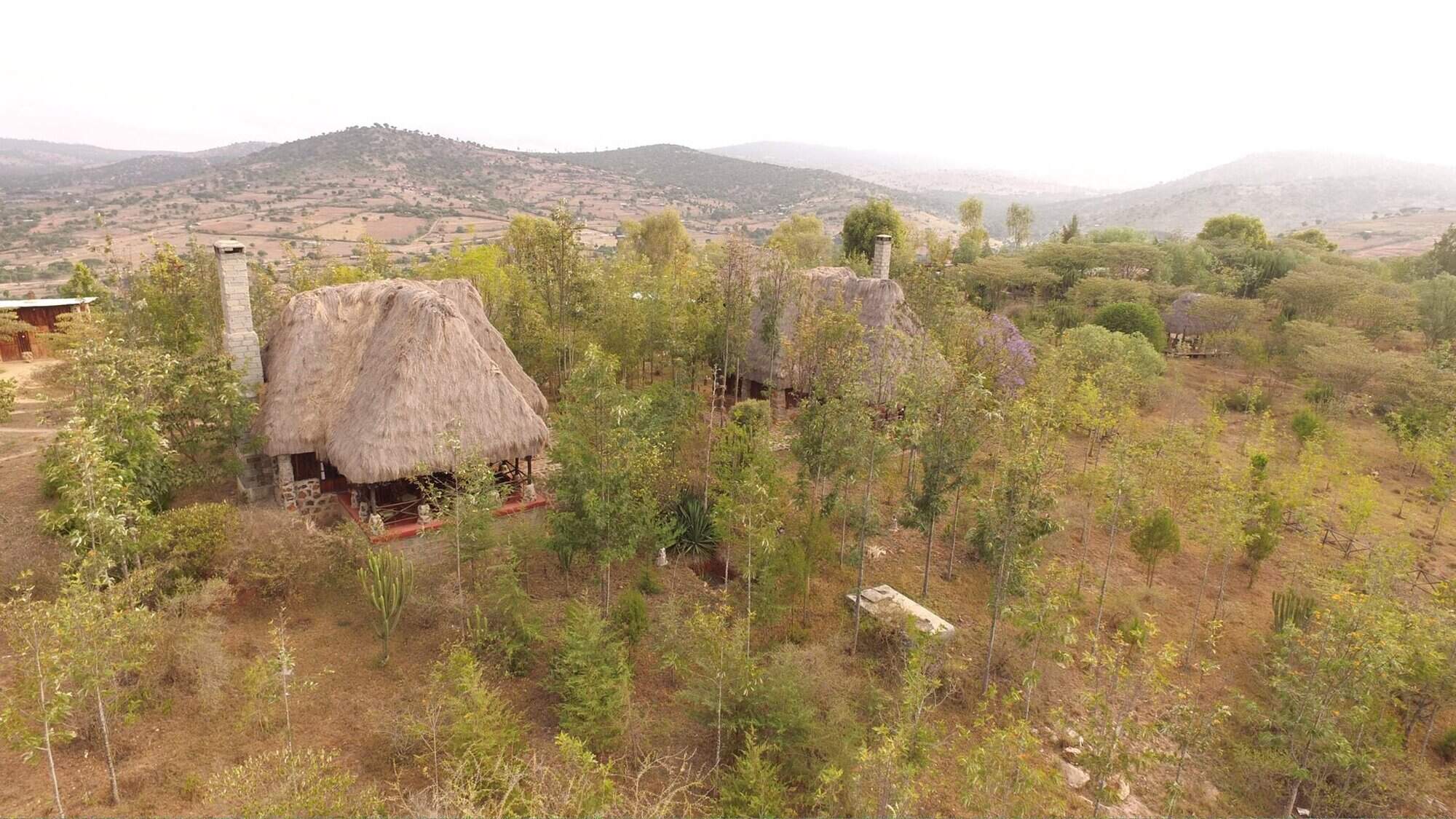
Ngari Hill Ecolodge
The 6-room Ngari Hill Ecolodge is the only full-service lodge in Maralal and makes a convenient overnight stay en route from Nairobi to Lake Turkana.
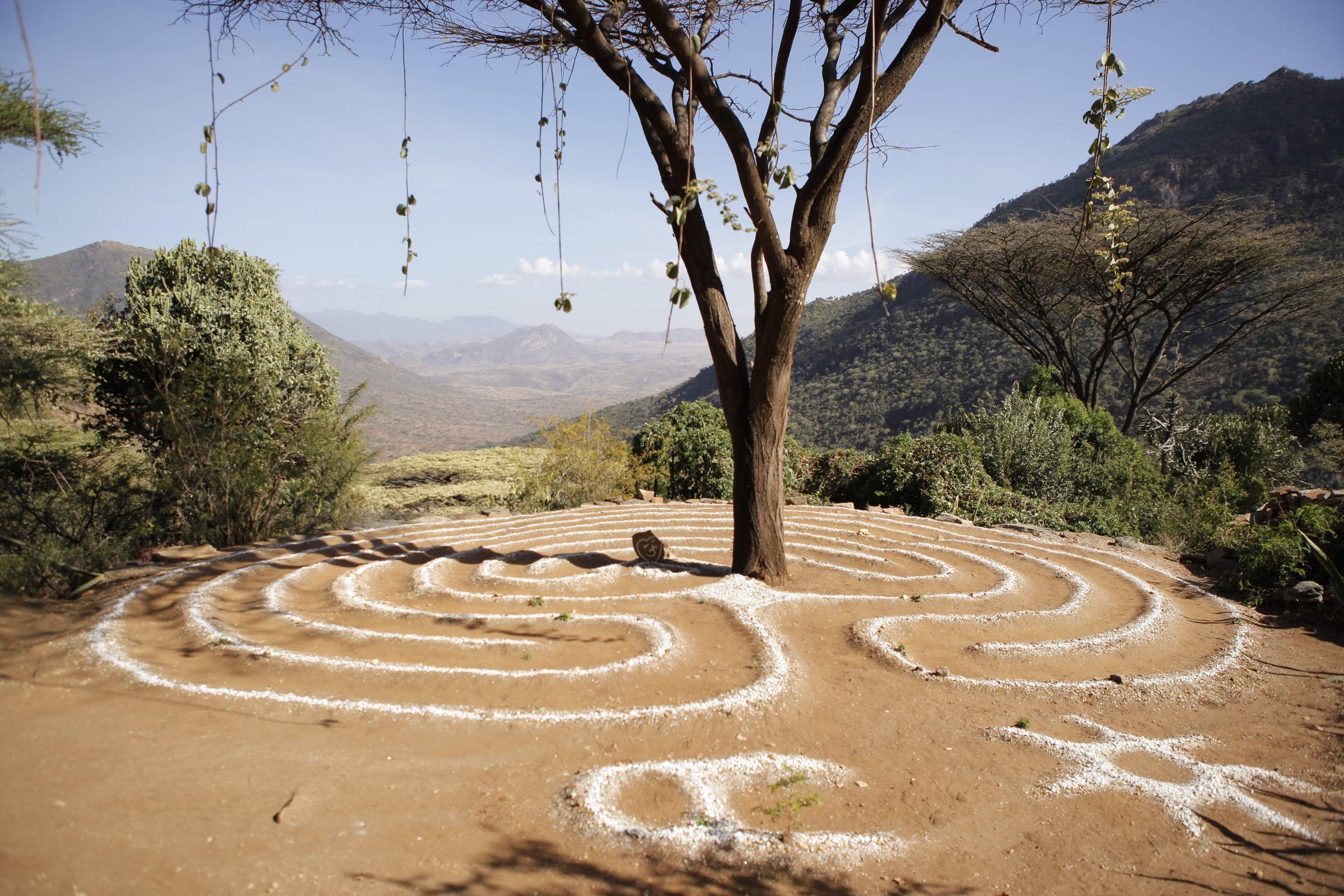
Desert Rose
This small, unique mountain lodge – Kenya’s northernmost luxury accommodation – is set amid the towering landscapes of Mount Nyiru, and is a superb place for rest and relaxation.
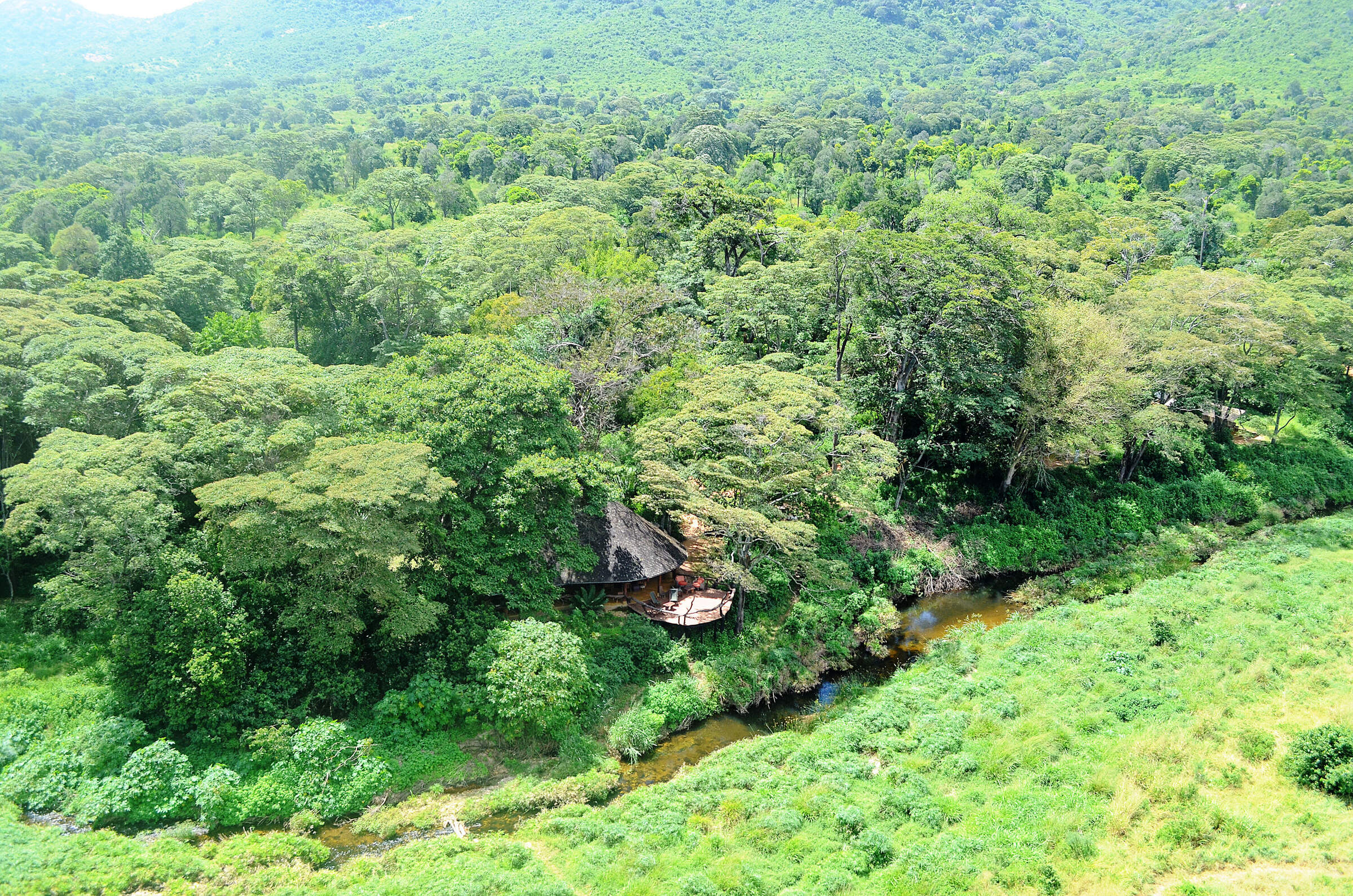
Kitich Forest Camp
Kitich Forest Camp is one of Kenya's most established, remote highland forest camps, offering exciting bush walks and close encounters with big game as well as insects and birdlife.
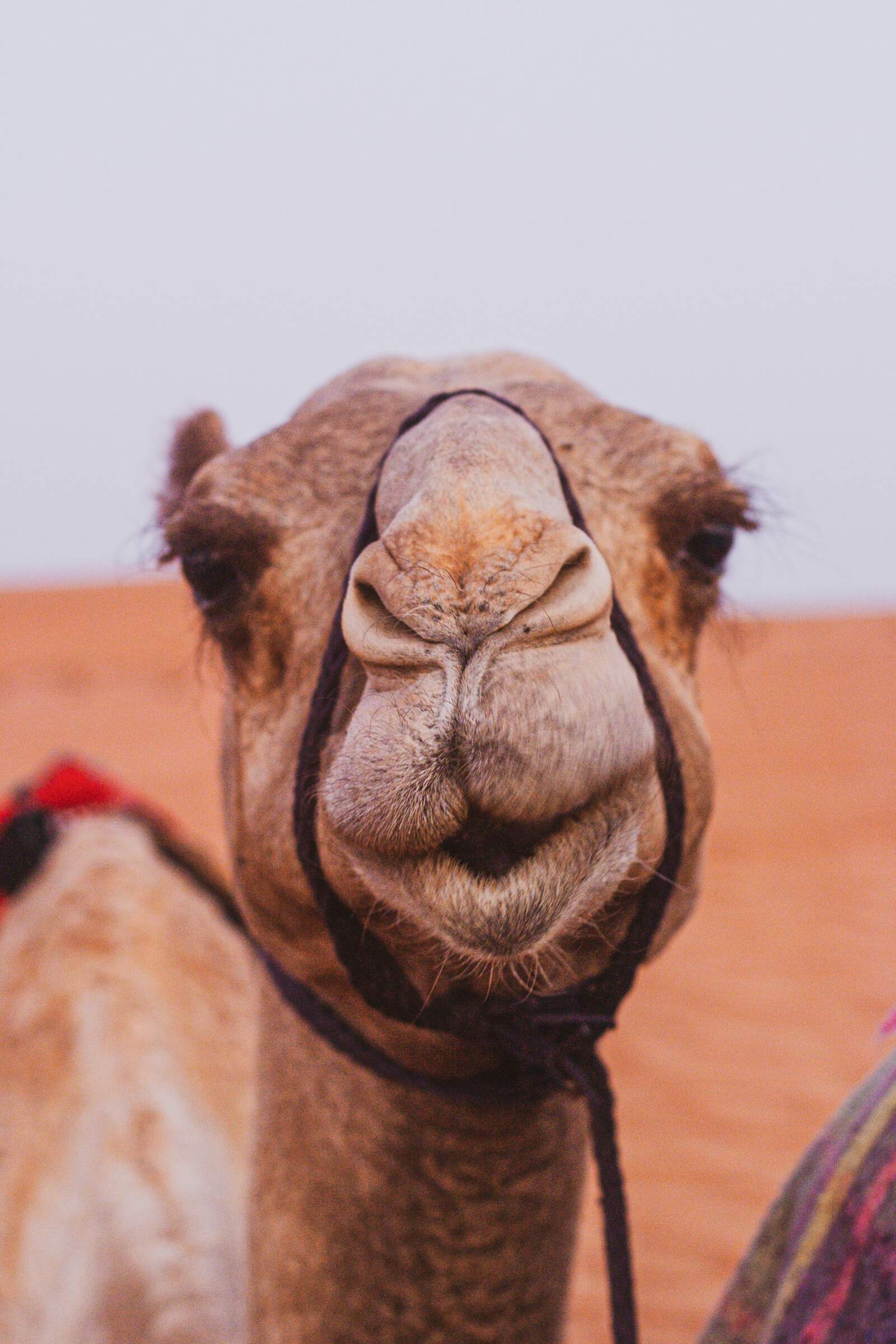
Wild Frontiers
Wild Frontiers Camel treks are based in the Milgis River area and run in various parts of northern Kenya between Lake Turkana and Laikipia.
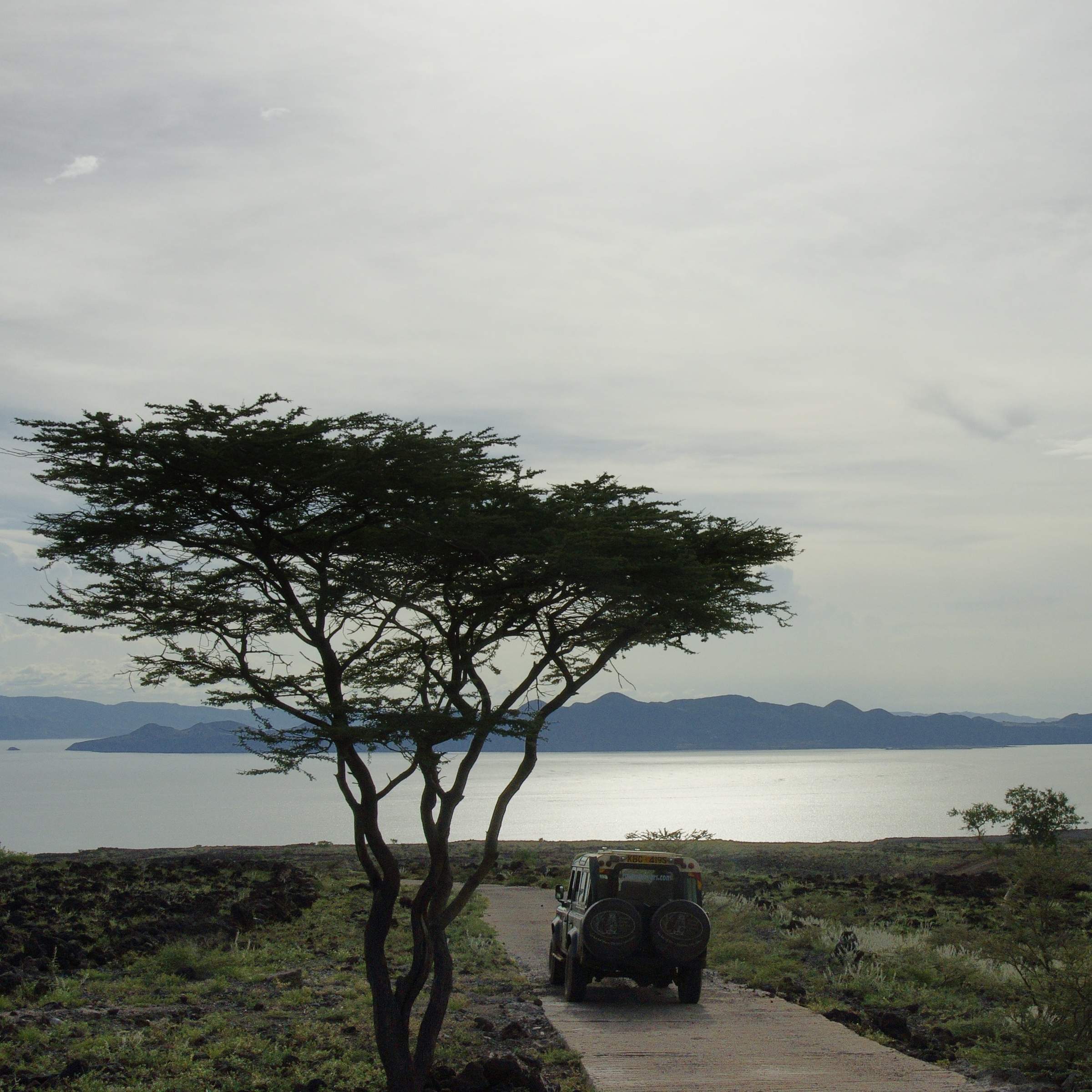
Palm Shade Camp
Palm Shade Camp is a simple camp for adventurous travellers near the east shore of Lake Turkana.
Our travellers’ wildlife sightings in Northern Kenya
This is their success for sightings in Northern Kenya. Click on a species for more detail. How we work this out.

100% success

100% success

93% success

80% success

78% success

63% success

40% success

25% success

13% success

10% success

9% success

4% success

4% success

0% success

0% success

0% success
When to go to Northern Kenya
Our month by month guide: What it's like to visit Northern Kenya in Kenya
Jan
Feb
Mar
Apr
May
Jun
Jul
Aug
Sep
Oct
Nov
Dec
Kenya in January
Clear, hot days and warm nights make this high season a popular time for safaris and it’s also good for diving and snorkelling as water clarity is excellent and gets better as the dry season progresses. Most lodges and tented camps treat January after the New Year week is over, as mid-season, making it a good compromise in terms of value for money with reasonably reliable, dry weather and some greenery left in the landscape.
Expert Africa bases its description of climate and weather in January, like the other months of the year, on the climate records of roughly the last 100 years, and it's fair to say that the weather and seasons since the beginning of this century have been highly irregular and unpredictable.
- On average, January is the second driest month of the year
- Elephants dig waterholes in the dry riverbed in the Samburu reserve.
- Wildebeest and many antelope have their calving season, to February.
- Migrant birds are seen in huge numbers, especially in the Rift Valley.
- Sea water clarity around the coral reefs generally good.
Our view
Fantastic: the very best time to visit
Weather in January
Kenya in February
With the short dry season well established, the grass grazed down and wildlife gathering close to water points, this is still a good time for a safari. Good water clarity in the Indian Ocean's coastal waters makes for excellent diving and snorkelling conditions.
Expert Africa bases its description of climate and weather in February, like the other months of the year, on the climate records of roughly the last 100 years, and it's fair to say that the weather and seasons since the beginning of this century have been highly irregular and unpredictable.
- On average, February is the driest month of the year.
- It’s sometimes possible to swim with whale sharks at Diani Beach.
- Migrant birds are still seen everywhere, especially near water.
- This is usually peak calving season for wildebeest and many antelopes.
- This month is often the hottest of the year, especially on the coast.
Our view
A very good time to visit
Weather in February
Kenya in March
Hot, increasingly humid weather – with good diving and snorkelling conditions at the start of the month – gives way to rains and lower accommodation costs. Expert Africa bases its description of climate and weather in March, like the other months of the year, on the climate records of roughly the last 100 years, and predicting the seasons since the beginning of this century has been difficult.
March is the month when – traditionally – intensely hot conditions build up until a cloudburst finally happens at the end of the month or in early April, to relieve the humidity. As ever, regional variations across the country can greatly impact on visitors' experiences.
- Sea-water clarity is best for diving before the long rains start.
- Visitor numbers are low, though the Easter holidays can be busier.
- Night skies can be scintillatingly clear in early March.
- Cropped down savannah grasses can make it easier to see the wildlife.
- Temperartures climb high, especially at lower elevations.
Our view
A good time to visit, with pros & cons
Weather in March
Kenya in April
April sees the full onset of the southeast monsoon wind or kusi, which heralds the long rains. Temperatures drop soon after the rains are established and you’ll often have facilities largely to yourself in this more affordable low season, sometimes known as the "green season". The bush quickly springs to life, with greenery sprouting almost before your eyes. While you're likely to get a fair number of heavy showers, the breaks in the rain can yield sparklingly clear conditions.
With the dust settled and bright sun piercing the clouds, conditions can be sublime for photography, especially first thing in the morning or in the late afternoon with another storm brewing. You may be lucky, or you may find conditions very wet and muddy.
- A wet month, the coast often gets more than 300mm (12in) of rain.
- Sunny spells can provide great light for photography.
- Buffalo and zebra calving season often happens in this month.
- Baby crocodiles hatch, for example on Central Island in Lake Turkana.
- Palearctic migrant birds gather to fly north to breeding grounds.
Our view
A time to avoid if possible
Weather in April
Kenya in May
While game viewing can be trickier as vegetation runs riot, between the cloudbursts the colours and light are great for photography at this time of year. Expert Africa bases its description of climate and weather in May, like the other months of the year, on the climate records of roughly the last 100 years, and while it's reasonable to expect heavy rains in many parts during this month, especially on the coast, the rains don't always come evenly or in some areas come at all.
In an El Niño year, the so-called long rains that normally are established across much of the country by May can be meagre, to the despair of farmers. On the other hand in a La Niña year, the long rains can bring floods. On the coast, the monsoon winds make the climate much more predictable, with heavy rains common throughout this month.
- Frogs breed in the ponds in the Arabuko Sokoke Forest near Watamu.
- Wildebeest, impala and other grazers are in rut (the breeding season).
- Kilimanjaro looks its best as heavy rain falls as snow on the summit.
- There's a sharp peek of rainfall on the coast with many rainy days.
- Accommodation prices are uniformly low, while some camps close.
Our view
A time to avoid if possible
Weather in May
Kenya in June
The rains give way to cloudy, cooler weather, often making for comfortable conditions by the end of the month, especially in the highlands. Starting from mid-June or the beginning of July and running until the end of October, this is the high season, and accordingly has higher accommodation rates and – at least until early September – higher numbers of visitors.
While the early part of June can often be rainy on the coast, it can be a great time to go on safari, with fresh greenery, many young animals and good photographic conditions with clear air.
- The Taru Desert, inland from the coast, is carpeted with flowers.
- The Lake Turkana Cultural Festival is held in Loiyangalani.
- Madaraka Day (commemorating self rule) is 1 June.
- The annual Lewa marathon runs a course through the wildlife.
- The Diani Rules "sports" event rips up the rulebook at Diani Beach.
Our view
A good time to visit, with pros & cons
Weather in June
Kenya in July
Kenya’s “winter" season sets in (winter is a misnomer but locals feel the change), and the highlands can be rather grey. Skies are often cloudy and the days can be surprisingly cool, with an average daytime high in many highland safari areas of 15-20°C and night-time temperatures dropping below 10°C in Nairobi and the highlands. Lower parts of the country and the coast are usually warm and dry, typically reaching highs of around 25°C with lows in the high teens.
As this is the start of the high season, coinciding with the usual arrival of the wildebeest migration in the Maasai Mara, July is a busy month. Ask your Expert Africa specialist to advise on how to avoid the crowds, which is not that difficult to do.
- The wildebeest migration usually reaches the Maasai Mara in July.
- Simbi Lake (Kisumu) and Crater Lake (Naivasha) can attract flamingoes.
- Watersports start to pick up and some surfing is possible at Malindi.
- Afternoon thunderstorms are a common feature in the Maasai Mara.
- The sea can be choppy along the coast, making diving difficult.
Our view
A good time to visit, with pros & cons
Weather in July
Kenya in August
The Great Migration fills the plains of the Maasai Mara, and school’s out, so the park roads are full of tourists – ask your Expert Africa specialist for advice on crowd avoidance tactics. Choose a private conservancy rather than a public national park or national reserve for quieter conditions.
Like July, August is generally mild and relatively dry in the safari areas, but it can be very chilly in the highlands, even in the middle of the day, and hail occasionally falls above altitudes of around 2,400m (8,000ft). Nairobi can be disappointingly overcast, with low cloud.
- Apart from Christmas holidays, this is the busiest month of the year.
- Late August sees peak wildebeest drama at the Mara River crossings.
- Coastal winds are good for kite- and wind-surfing.
- Few mosquitoes are around at this generally dry time of year.
- The annual Camel Derby takes place in the Samburu capital, Maralal.
Our view
A good time to visit, with pros & cons
Weather in August
Kenya in September
The skies clearing of cloud signals the start of hot, dry weather with little chance of rain – and, after the first few days of the month, far fewer visitors – making the latter part of September a good time for a quieter safari. While early September is often good for dramatic migration crossings along the Mara River, you might consider deliberately postponing your trip until later in the month, when the migration can still be very impressive and visitor numbers fewer.
If tourist surges are somewhat predictable, however, the patterns of the wildebeest migration are more volatile, and like all of Expert Africa's climate and weather assessments, they are based on accumulated years of experience rather than guaranteed certainty.
- This is still high season, with prices to match.
- Many river crossings take place on the Mara river in both directions.
- Natural bush fires flush out insects and small animals for predators.
- The Rift Valley Music Festival takes place by Lake Naivasha.
- With school holidays over by early September, late-month is quieter.
Our view
Fantastic: the very best time to visit
Weather in September
Kenya in October
Still hot, mostly dry and not too busy, this is many people’s preferred month for a safari, and it’s also good for diving and snorkelling. The wildebeest and zebra herds of the great migration are often still to be seen, though in dwindling numbers. The swamps of Amboseli attract thirsty wildlife including large herds of elephants.
While we wouldn't expect much rain across most of the country this month, the climate has become so unpredictable that you can never say never, and the possibiity of the short rains – usually associated with November to mid-December, starting early, can't be discounted.
- This month sees the tail end of the great migration in the Mara.
- Palearctic migrant birds start to arrive, staying until March.
- Turtle nests hatch at Watamu, until November.
- Amboseli elephants focus on the swamps for their daily water.
- The Indian Ocean monsoon winds turn from southeast to northeast.
Our view
A very good time to visit
Weather in October
Kenya in November
The northeast monsoon wind or kaskazi heralds the start of the “short rains", usually some time in the second half of the month. From November to mid-December, this is the low season, and accordingly has lower accommodation rates and lower visitor numbers. Across most of the country you can expect warm, somewhat cloudy weather, with occasional heavy showers and localised flooding.
Expert Africa bases its description of the climate in November, like the other months of the year, on the records of roughly the last 100 years, and it's fair to say that the seasons since the beginning of this century have been highly irregular and unpredictable: some years the short rains don't come at all, or don't reach every part of the country. In an El Niño year, the November short rains can be very heavy, but in a La Niña year, they can fail completely.
- Swimming with dolphins in Lamu can be done from now until April.
- Birders gather at Ngulia in Tsavo West to ring Palearctic migrants.
- The Lamu Cultural Festival takes over the town and Lamu Creek.
- Agricultural shows often take place regional market towns.
- This is low season, so camps can be great value, with special offers.
Our view
A good time to visit, with pros & cons
Weather in November
Kenya in December
In a typical December, the rains usually finish by middle of the month, leaving the landscape looking its best, under clear blue skies, and heralding the start of the second peak tourist season from around 20 December to the first week of January. Our assessment of the likely weather in December, like the other months of the year, is based on climate records, and it's fair to say that the seasons since the beginning of this century have been highly irregular and unpredictable.
Christmas can sometimes be wet, but most years the rains have finished a week or two earlier, with the festive season ushering in the perfect combination of clear skies and sunshine by day and starry nights.
- Christmas and New Year are busy, with the lodges and camps full.
- Rates are highest after 24 Dec, with supplements on public holidays.
- Republic Day and Independence day are celebrated on 12 December.
- Good kite- and wind-surfing restarts, with strong northeasterly winds.
- Mango season begins, providing excitement for primates and elephants.
Our view
A good time to visit, with pros & cons
Weather in December
Northern Kenya: In detail
A guide to Northern Kenya
Culture in the north
The peoples of the north come together for the annual Lake Turkana Festival on the eastern lakeshore in May or June, a colourful jamboree of singing and dancing, most easily accessed by charter flight from Desert Rose Lodge. This is a really outstanding opportunity to meet and interact with local people in a relaxed and uncommercial way. It’s easy to take photographs, for example – and in fact you may well be the subject of locals, decked in colourful finery and taking pictures of you, their exotic visitor, on their mobiles. As well as being a showcase for the traditional dress, dance and song of the northern tribes, the festival is a point of contact for the peoples themselves and helps in reconciling groups who frequently clash over scarce water and pasture rights. It’s a very low-key affair, with a loose programme of activities for visitors and locals, and a Saturday showcase in an open-air arena near Loiyangalani’s airstrip, in which a troupe of dancers and singers from each tribe entertains an audience of several hundred locals, NGO workers, expats and adventure-seeking tourists. If you’re interested in attending the festival, please speak to the Kenya team at Expert Africa who will be happy to advise you.
Travel in northern Kenya
At Expert Africa we love driving on these desert roads, but they leave you feeling bruised and battered and take hours out of any safari itinerary in northern Kenya. We have therefore arranged with TropicAir, one of Kenya’s most respected air charter operators, based at Nanyuki airport on the slopes of Mount Kenya, to provide air transfer services for our travellers wishing to visit lodges in the north.
Map of Northern Kenya
Choices for where to stay in Northern Kenya
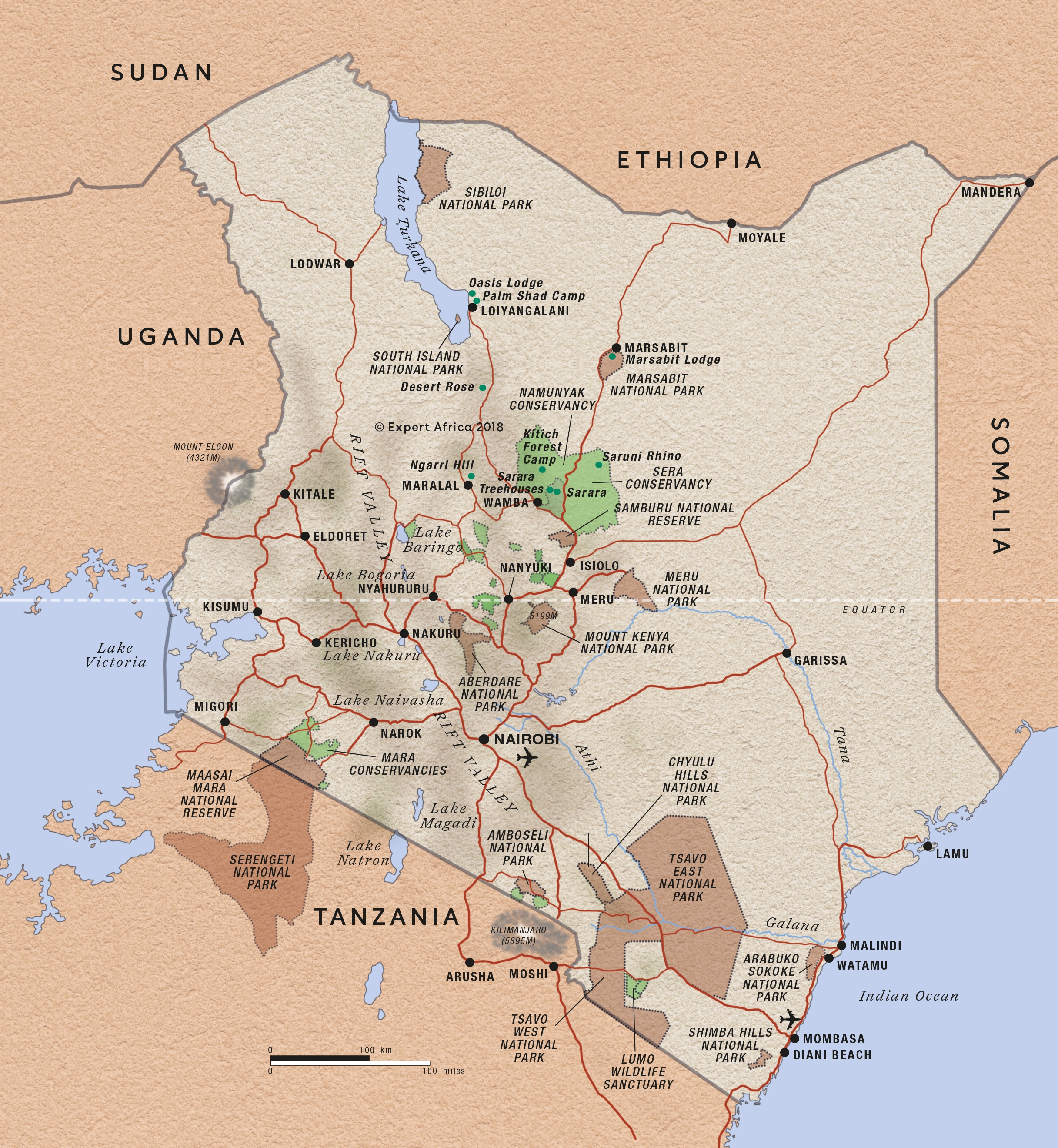
Northern Kenya: Safaris
Safaris in northern Kenya are for adventure lovers and escapists. This is a remote part of the world and there are few places to stay, let alone good lodges and camps. The rewards, if you include a northern lodge on your itinerary can be memorable. Guests at Sasaab can participate in the "singing wells" tradition maintained by local herders who haul water for their beasts from deep below the surface. And if you're a guest at Desert Rose, in Samburu-land, you can choose to spend a day during your stay making a 4x4 trip far through the northern deserts to the shores of Lake Turkana - with as many encounters with local people (and some huge crocodiles) as you could wish for.

De Brazza Monkey Fly-in Safari
9 days • 3 locations
NAIROBI AIRPORT TO NAIROBI AIRPORT
Enjoy a range of activities in the remote wilderness of northern Kenya before exploring the wildlife-rich plains of the Mara ecosystem. Private vehicles and guides heighten the personalisation of this highly immersive safari.
US$13,540 - US$16,320 per person

Lanner Falcon Fly-In Safari
8 days • 3 locations
NAIROBI AIRPORT TO NAIROBI AIRPORT
Three sister camps offer access to wonderfully remote regions across northern Kenya and the Maasai Mara ecosystem. Enjoy an exclusive safari experience focused on great wildlife, superb guiding and considerable comfort, with a range of activities.
US$7,140 - US$8,400 per person
Top 9 lodges and safari camps in Northern Kenya
Listed below are our recommendations for nice places to stay in Northern Kenya. We offer a broad variety, so ask us for more details of what's where, and what's likely to suit you best!

Sarara
Sarara is an outstanding safari lodge, with access to a vast wilderness region. Walks, drives and cultural experiences are on offer, all with very good guides.

Sarara Treehouses
Sarara Treehouses is a luxurious camp with tents raised up in the forest canopy. Come here for the wildlife, walking and cultural activities, accompanied by excellent local guides.

Oasis Lodge
Oasis Lodge is a basic hotel for adventurous travellers near the east shore of Lake Turkana.

Saruni Rhino
Saruni Rhino is the only camp in the Sera Conservancy in northern Kenya, where guests are based when tracking black rhino on foot.

Ngari Hill Ecolodge
The 6-room Ngari Hill Ecolodge is the only full-service lodge in Maralal and makes a convenient overnight stay en route from Nairobi to Lake Turkana.

Desert Rose
This small, unique mountain lodge – Kenya’s northernmost luxury accommodation – is set amid the towering landscapes of Mount Nyiru, and is a superb place for rest and relaxation.

Kitich Forest Camp
Kitich Forest Camp is one of Kenya's most established, remote highland forest camps, offering exciting bush walks and close encounters with big game as well as insects and birdlife.

Wild Frontiers
Wild Frontiers Camel treks are based in the Milgis River area and run in various parts of northern Kenya between Lake Turkana and Laikipia.

Palm Shade Camp
Palm Shade Camp is a simple camp for adventurous travellers near the east shore of Lake Turkana.
Excursions in Northern Kenya
Optional, extra day-trips and excursions that are possible while you’re staying in Northern Kenya. Talk to us: these excursions are usually best arranged before you go.
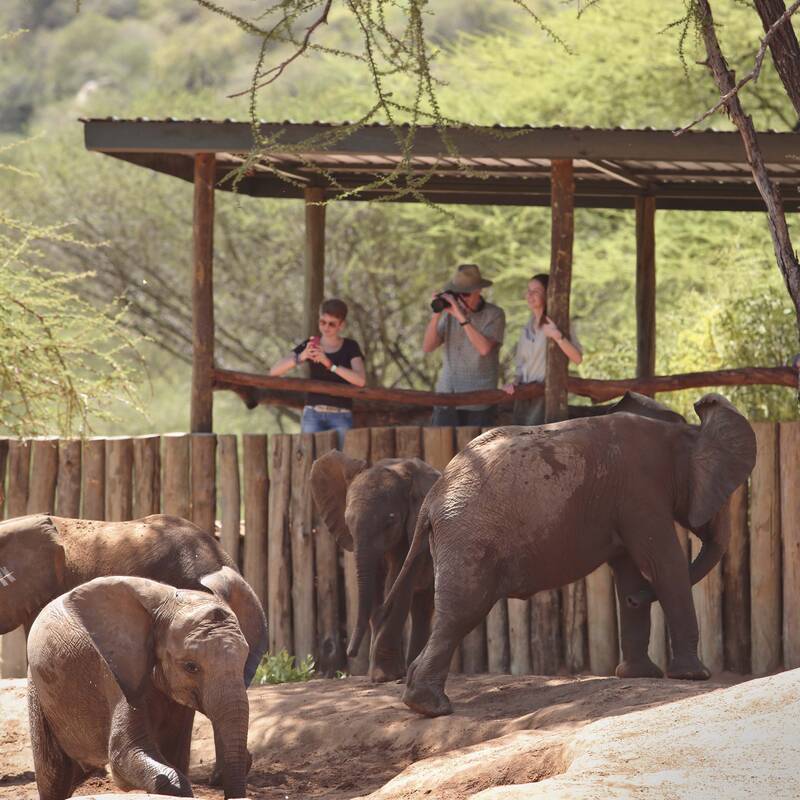
Reteti Elephant Orphanage visit
One-and-a-half hours, plus transfers
Visit the community-run Reteti Elephant Sanctuary in Samburu, for an intimate experience meeting the orphaned baby elephants who have been rescued from the surrounding regions. They are hand-reared by Samburu keepers, until they are ready to be released back into the wild.
More about Reteti Elephant Orphans
Looking for inspiration on where to travel next?
Visit our trip chooser to explore your options and find inspiration for your perfect African adventure
Inspire me